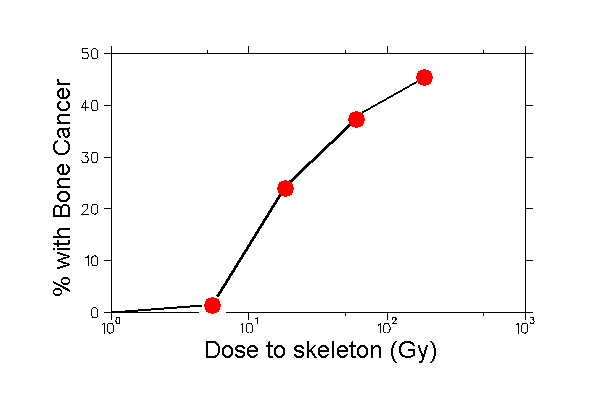

Ĭatherine Donohue got fired in 1931 because her limping was bad publicity. They sent her back encased in lead because she was still so radioactive. In 1978, with permission from the family, Argonne National Laboratory near Lemont exhumed her body as part of a study of the effect of radiation on humans. Margaret started work at 17 and was dead by 24. When Margaret Looney died, the family insisted on an autopsy, but it was finished before the family doctor could arrive. They would not allow family to visit patients, and when they died they wanted to bury them right away. But it becomes apparent that the doctor's job was not to cure the girls, but to hide the fact that they died of radium poisoning. However, Radium Girls is appropriate because some started at 11 or 13 years old.) The company provided a hospital and doctor. But politically correct terms like "associate" also rub me the wrong way. So now when I go into a doctor's office and they tell me that one of the girls will see me soon, I cringe. (An Affirmative Action meeting at work taught us that female workers are not "girls," they are women. īy the 1920s, management knew that they were killing the Radium Girls. They also took paint vials home to have "glow in the dark" parties were they painted fingernails, eyelids and lips. In addition to frequently licking the brush tip, they were surrounded all day with paint vials and glowing dials. The only real risk to Rochelle citizens from radium exposure would be from patent medicines who claimed health benefits from ingesting radium laced water or cosmetics laced with the radio active material. Later as new sources of radium were found in Colorado and Utah mixed in with Uranium deposits the price would come down to a mere $38,000 per gram. Radium was extremely expensive ($120,000 per gram) and before WW I the only known use seems to have been for medical treatment of cancer. There is virtually no chance that radium dials were ever used in the Rochelle factory. The first Radium Dial Company factory in Illinois appears to have begun operating in Chicago in 1918 and moved to Ottawa, Illinois by 1922 where the infamous "Radium Girls" story would unfold years later. The Rochelle Clock and Watch Manufacturing Company operated from 1906 and ended in 1910, well before the introduction of radium painted dials for time pieces which first appeared during World War I (1914-1918). With the pending release of the new movie, "The Radium Girls", it is natural that questions would arise about any old clock factory and possible radium contamination. Radium and the Rochelle Clock and Watch Manufacturing Company. Rochelle Flagg Township Museum posted ten images with the comment: In fact, it was used in "health products." At that time the dangers of radium were unknown. The Radium Dial Company started in 1910 and supplied dials to other manufactures such as Westclox. If you save the image and look at it with your favorite photo viewer, you should be able to zoom in to a more readable copy. Īs we can see in this street view, there is a sign North of the statue. Many died." And residents of the town have suffered rare cancers and birth defects. Because radium is absorbed into bones like calcium, the women who painted the numbers on watch dials went "on to lose their teeth, jaws, and limbs to the radium poisoning. The women who painted the dials would frequently lick the tip of their brush to keep a fine tip on the end. In 2019, the last of these 16 sites were processed. The radium caused the numbers on the dials to glow in the dark. Radium Girls is now playing in select theaters and virtual screening rooms.Because radium-based paint was used to paint numbers on watch and clock dials from 1910-1978, the EPA identified 16 Superfund sites in Ottawa,IL. Please subscribe and review for new episodes almost every day. If you like this episode of MovieMaker Interviews, you can find more MovieMaker podcasts here. I think, you know, for all the things that the pandemic has taken away from us, this has been a gift.” And it really does allow filmmakers to connect directly with their audiences. And I think that this idea of the virtual cinema for indies is really great.

It’s a disruption that probably needed to happen for some time. She added: “We’re in a disruption right now. And that’s the social impact part, which is one of the big reasons why I do what I do.” Jenny and I are doing Q&As to talk to them. “And it’s really exciting to it’s really exciting to bring all these people together. “So we have groups like the National Association of Science Teachers, the International Society of Women Engineers, different climate groups, different science groups,” she said.


 0 kommentar(er)
0 kommentar(er)
